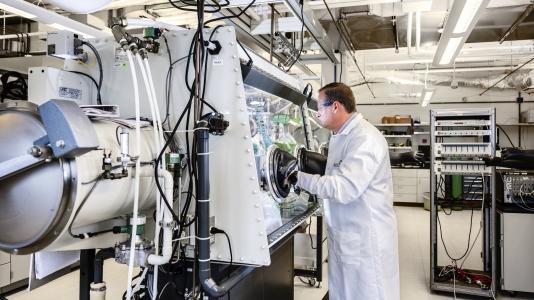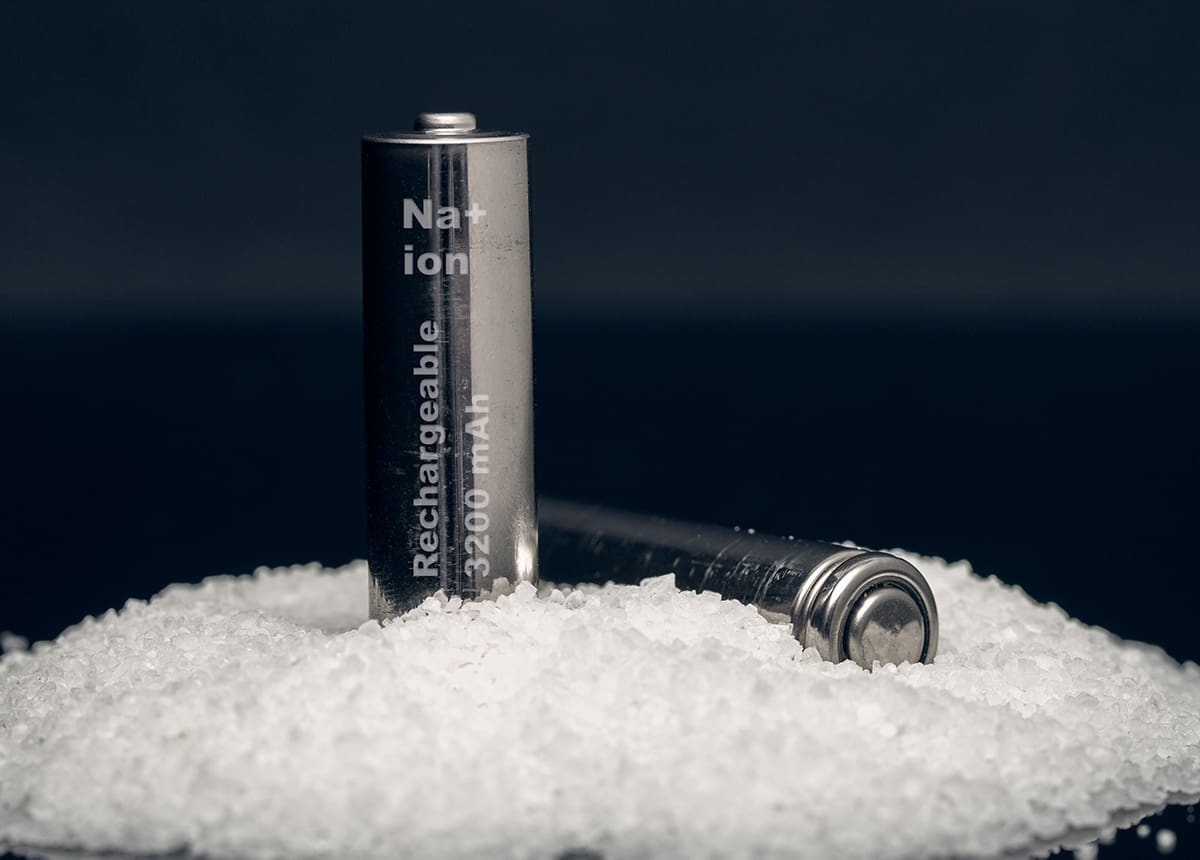Researchers at the US Department of Energy (DOE)’s Argonne National Laboratory have invented and patented a new battery cathode material that replaces lithium ions with sodium and could be significantly cheaper.
The research team has developed a layered oxide cathode for sodium-ion batteries. A layered sodium nickel-manganese-iron (NMF) oxide cathode efficiently inserts and extracts sodium, which is available abundantly and is more easily mined than lithium. The absence of cobalt in the cathode reduces cost, scarcity and toxicity.
The team says its cathode has a higher energy density than other sodium-ion technologies, and that its cathode material allows battery cells to be charged and discharged as many times as lithium-ion batteries. The sodium-ion batteries can also retain their charging capability at below freezing temperatures.


The research has transitioned from the laboratory phase, and the cathode will be subject to testing within battery cells similar to those in a real EV battery. The team is also working to develop different electrolyte and anode materials to further increase energy density.
“Our estimates suggest that a sodium-ion battery would cost one third less than a lithium-ion one,” said Christopher Johnson, Senior Chemist and Argonne Distinguished Fellow. “There is one catch to this wonder battery. Sodium metal is about three times heavier than lithium, and that adds considerably to the battery weight.”
Source: Argonne National Laboratory


















































